Applications for Ohio Farm Bureau Health Plans now available
Members have three ways to apply: contacting a certified agent, calling 833-468-4280 or visiting ohiofarmbureauhealthplans.org.
Read MoreListening to the thunder rumble in the distance and the rain pelt the roof, I can’t help but think about the people in western Ohio who are left to clean up after the destruction from multiple tornadoes and rain.
These poor Ohio folks join many others in Colorado, Iowa and Idaho who faced these storms over Memorial Day weekend and beyond while people in Oklahoma and Arkansas are faced with historic flooding. At one point, every county in Oklahoma was in a state of emergency. The Oklahoma Department of Emergency Services released a statement that the state of emergency was because of “flooding, severe storms, tornadoes, and straight-line winds that began in April,” according to CNN.
In addition to flooding, there have been tornadoes and high winds. While the Midwest has faced flooding, storms and tornadoes, the South has faced historic high temperatures. Florida, Georgia and the Carolinas all hit record or close-to-record temperatures over the Memorial Day weekend.
Now I understand that the world goes through cycles in which temperatures are warmer or colder all over the world, but just based on the 35 years that I have been alive, this is not normal weather for the end of May.
Growing up, I remember that at the end of May we were excited to see temperatures in the 60s. Now, even this week, we have seen temperatures hit the 80s and it is not even officially summer. While some of us might celebrate these warmer temperatures, there are some problems that come with this kind of heat this early.
Tornadoes, flooding and storms are obviously devastating to communities, but there are other issues that arise that make life difficult for everyone. Take, for instance, farmers. Right now is planting season. Farmers need to be in the fields putting in seeds so that crops have the proper time to grow. Rain, flooding and storms keep farmers out of the field, sometimes for days or weeks at a time. For every acre not planted, there is an impact on food and materials that you, the consumer may or may not see.
For example, right now, according to Agweb’s corn map, Ohio only has 22 percent of its corn crop planted, Indiana has 22 percent, Illinois has 35 percent, South Dakota has 25 percent and Michigan has 33 percent. Other states like Iowa (76 percent), Nebraska (81 percent), Texas (93 percent), Colorado (71 percent), and Kansas (70 percent) have fared slightly better.
To give a comparison, on May 26, 2018, Pennsylvania had the lowest percentage planted at 56 percent while Illinois had the most planted with 99 percent. In 2018, Ohio had 80 percent planted; Indiana had 94 percent planted; South Dakota had 87 percent planted; Michigan had 62 percent planted; Iowa had 95 percent planted; Nebraska had 95 percent planted; Colorado had 82 percent planted; and Kansas had 91 percent planted.
Soybean farmers are not faring much better. Ohio has only 11 percent of its beans planted, Indiana 11 percent, Illinois 14 percent, South Dakota 6 percent, Michigan 23 percent, Iowa 32 percent, Nebraska 56 percent, and Kansas 22 percent. In 2018, these same states were almost done planting; the percentages ranged from 43 percent to 96 percent.
Farmers are behind and that means that we have to hope the weather towards harvest holds out long enough to get the crops out of the field. Corn specifically is susceptible to weather; strong winds or snow can knock down entire fields, rendering the corn useless. Massive quantities of rain can wash seed right out of the fields.
Severe weather can destroy entire fields, not to mention homes, barns and even lives. This destruction trickles down to you, the consumer. Sometimes it means that there is a shortage of vegetables or fruit in the grocery stores because farmers simply cannot meet the demands. Sometimes it means that the cost of things rise because there is not enough to go around. Whatever it may be, we are all affected by severe weather.
Submitted by Christen Clemson, a member of the Trumbull County Farm Bureau, who completed her doctorate at the Pennsylvania State University. She and her family farm in Mecca Township.
OFBF Mission: Working together for Ohio farmers to advance agriculture and strengthen our communities.


Members have three ways to apply: contacting a certified agent, calling 833-468-4280 or visiting ohiofarmbureauhealthplans.org.
Read More

For Ohio and PJM region, the outlook is reassuring—ample reserves and strong planning should keep the power on.
Read More

The average price for a classic holiday feast for 10 in Ohio will cost $55.87.
Read More

Meet the four new members of Ohio Farm Bureau’s Young Ag Professionals State Committee.
Read More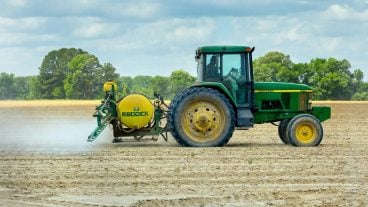

HB 10 ensures transparency around how imitation meat is labeled, along with restoring needed flexibility around the application of crop protection tools.
Read More
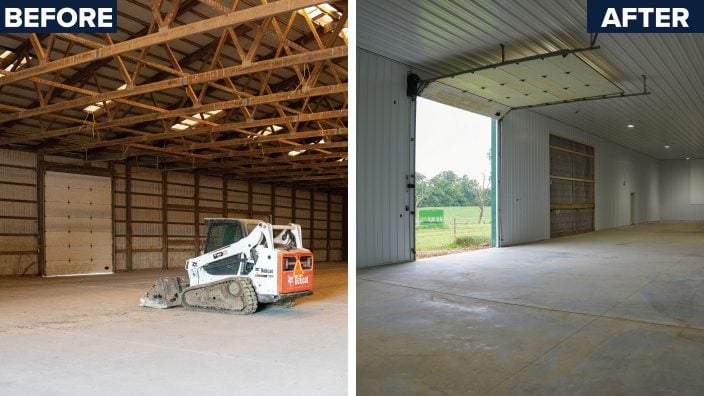
FBi Buildings has been delivering exceptional post-frame construction solutions for 65+ years, earning the trust of satisfied customers throughout the Midwest.
Read More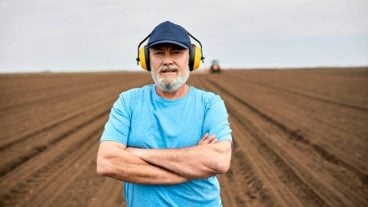
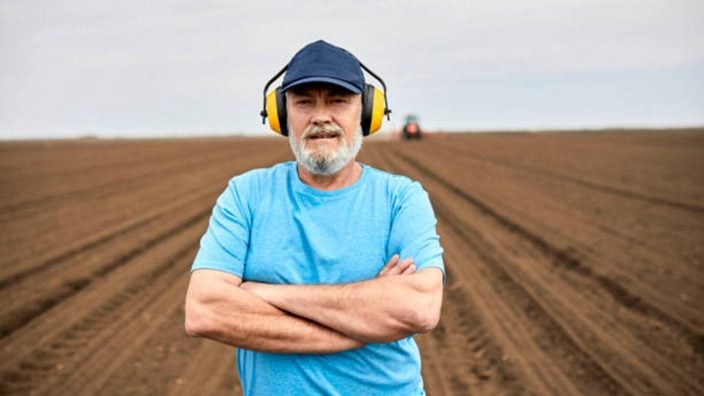
Ohio BWC industrial hygienists, safety consultants, and ergonomists can visit your farm, help spot risks, and suggest improvements that make a real difference.
Read More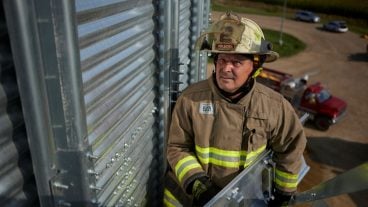

Nationwide’s Grain Bin Safety campaign expands its reach, delivering grain rescue tubes and training to 62 fire departments in 2025.
Read More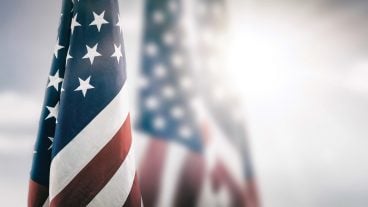

Urge President Trump and Congress to act before the end of 2025 to provide immediate relief and long-term stability for America’s farmers and ranchers.
Read More
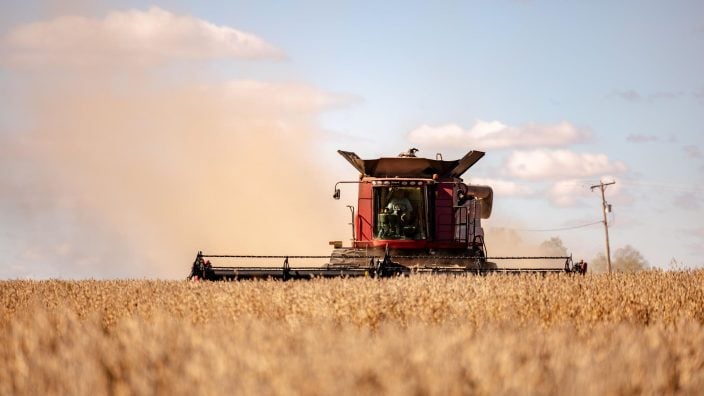
Meet Marion County Farm Bureau member Clayton Lust, a third-generation grain farmer and Beck’s Hybrids dealer, and Kelsey Bezdek, a first-generation livestock farmer and Lake County Farm Bureau member.
Read More